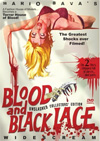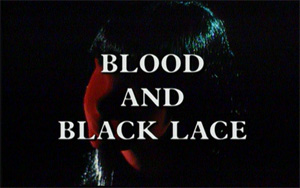
A quintessential example of the genre.
WARNING: Spoilers Below
score analysis
More than any other film, Mario Bava's Blood and Black Lace is credited for ushering in the arrival of the Giallo in 1964. While his previous offering, The Girl Who Knew Too Much (released the previous year) is the first known example of the genre migrating from literature to film, Blood and Black Lace establishes a style that distinguishes the Giallo as something more than just a mere literary adaptation. The film is full of colors, sultry music, gothic locations, and a cast of sinister characters who all suffer from varying degrees of paranoia.
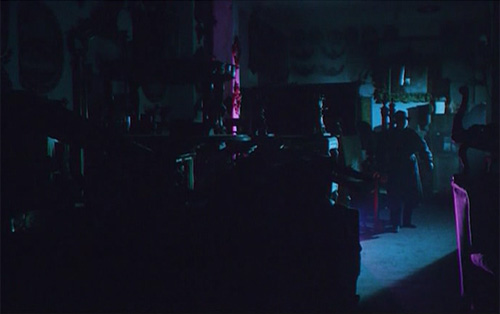
Against the scrutiny of the Giallo Score, it doesn't fare very well. But Blood and Black Lace should really be regarded as the grandfather of the genre. Way ahead of its time (5 years before the Giallo really took off) and with only Film Noir, Hammer, and Krimi as inspiration, Blood and Black Lace is a landmark film - a true original that should be granted total amnesty from the Giallo Score.
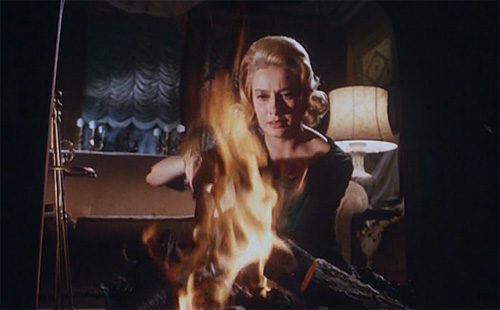
Nevertheless, let's see what's missing here:
- As mentioned above, the film pre-dates the classic period.
- There is no amateur detective here, just a very Nazi-like police inspector and a bunch of paranoid suspects.
- Nude scenes were rare for popular films of this time period.
- Morricone and Nicolai seemed to have been busy with other things (primarily Spaghetti Westerns).
- The film only scores three points in the Signatures section, which makes sense since these signatures really hadn't been established yet.
In addition, technically the killer's identity is revealed earlier than the end of the film. But I think it's hidden long enough to earn the points.
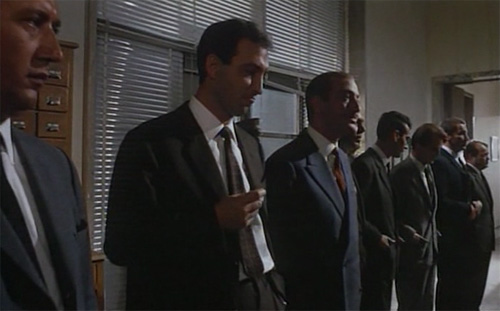
But none of this should detract from the fact that if it weren't for Blood and Black Lace, it's very likely that either the Giallo would have never existed or at the very least not been nearly as popular. Bava, like Argento, was constantly reinventing himself through his films. From here, Bava would return in 1970 with a satirical Giallo (Five Dolls for an August Moon), and then again in 1971 with his Giallo/Slasher (Twitch of the Death Nerve) which (once again) influenced an entire generation of filmmakers.

